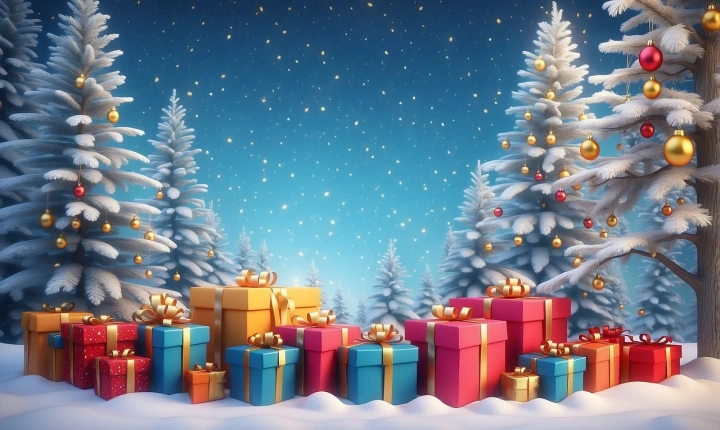Artificial intelligence (AI) has become an integral part of our society, impacting various industries and professions. As AI continues to advance, it is bound to have a significant effect on the world of art and artists. From creating new opportunities for creative expression to challenging traditional concepts of art, AI is reshaping the landscape of artistic creation.
One way AI is affecting artists is through the use of generative algorithms to create art. These algorithms are capable of producing original artworks, music, and other creative outputs without human intervention. Artists can harness the power of AI to generate new ideas or assist in the execution of their work. This allows for the exploration of novel artistic concepts that may not have been possible through traditional means.
AI is also changing the way artwork is marketed and distributed. With the rise of digital platforms and social media, AI algorithms are being used to analyze user preferences and behaviors to recommend artwork to potential buyers. This can help artists reach a broader audience and gain exposure for their work.
However, the use of AI in art also raises ethical and philosophical questions. Some argue that the use of AI in art creation can diminish the value of human creativity and craftsmanship. There are concerns that AI-generated art may lack the emotional depth and cultural significance that is often associated with human-created works.
Moreover, the proliferation of AI in art creation has sparked debates about copyright and ownership. As AI algorithms produce original works, questions arise about who holds the right to claim authorship and ownership of the output. This has prompted the need for new legal frameworks and regulations to address these complex issues.
On the other hand, AI can also be a powerful tool for artists to enhance their creative process. For instance, AI-powered software can assist artists in tasks such as image editing, color selection, and composition, streamlining the production process and freeing up time for conceptualization and experimentation.
Furthermore, AI opens up new possibilities for collaboration between artists and technology experts. This interdisciplinary approach can lead to innovative projects that merge art, technology, and AI, resulting in groundbreaking artworks that push the boundaries of creativity and expression.
In conclusion, AI is undeniably shaping the future of art and its impact on artists is complex and multifaceted. While AI offers new opportunities and tools for artistic creation, it also poses challenges and raises ethical considerations. As AI continues to evolve, it is crucial for artists and the art community as a whole to engage in thoughtful discussions and explorations of the possibilities and implications of AI in art. By embracing these changes, artists can harness the potential of AI to expand their creative horizons and contribute to the evolution of art in the digital age.
